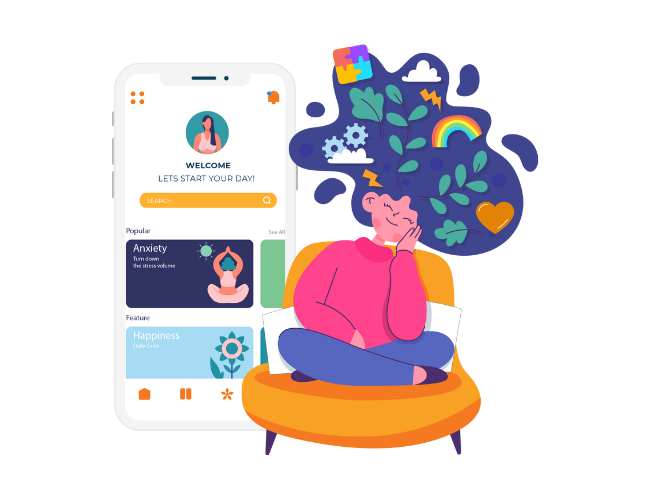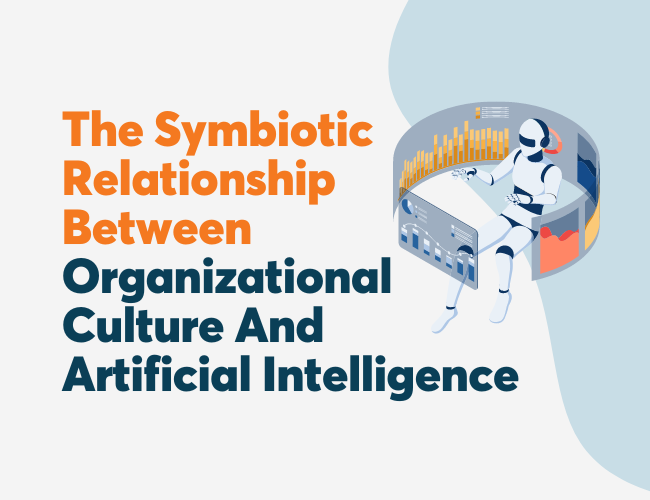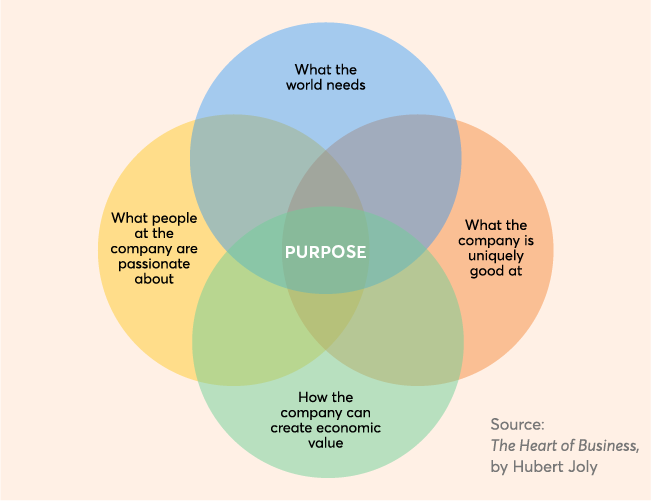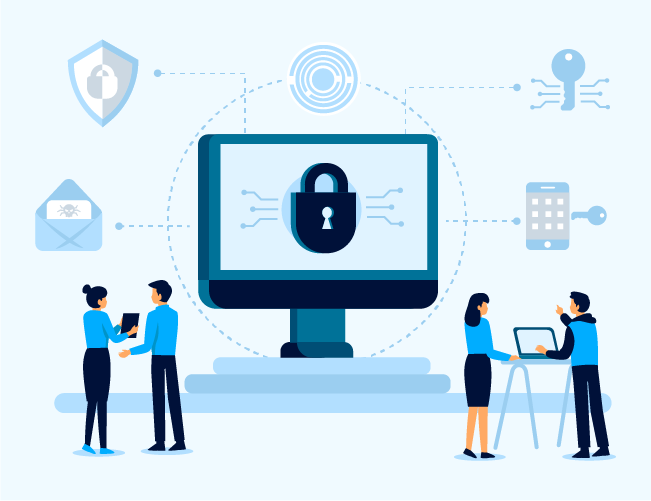As pandemic-induced restrictions continue to place limits on in-person interactions, employers have looked for ways to virtually replicate, as much as possible, the variety of experiences that they come from working in a common physical space.
For the most part, their attempts at replication have gone no farther than the use of video chatting platforms that allow users to hear and see live two-dimensional video streams of each other. This has helped to a degree. However, for many individuals, it’s no substitute for the real thing, as it leaves out important aspects of in-person experiences such as the sense that one is in the same room as the person they are talking to. Moreover, many business leaders worry that the lack of complete replication might result in inferior business outcomes (e.g., less innovation), though some argue that this concern in overblown.
To better replicate the experience of in-person workplace interactions (and re-capture some of the positive organizational outcomes that might have been lost through other attempts at digitizing the workplace), companies like Facebook are allowing employees to enter an immersive computer-generated corporate setting through new and improved virtual reality (VR) headsets. This post examines the benefits of the technology as it currently stands along with what it may look like in the future to help employers determine if and when virtual workspaces will represent a suitable alternative to physical ones.
The Benefits Of Workplace VR
To see why virtual workspaces may be beneficial for employees and employers alike, it is useful to begin by thinking about VR headsets in their idealized form.
Suppose, for instance, that Facebook’s Horizon Workrooms, which allows users to create an avatar and sit among colleagues in computer-generated corporate settings, has photorealistic visuals; is delivered through a small, lightweight, and wireless headset; has intuitive ways of interacting with digital office space items (e.g., a whiteboard); and requires only internet speeds available in most homes.
The benefits of such a product would be substantial. If in-person interaction results in more collaboration, innovation, productivity, and a sense of belonging, being able to replicate that experience seamlessly would be invaluable for workplaces, especially those that regularly employ remote workers. Except for the felt weight of the VR headset, the knowledge that one is not actually in the office or in a room with their colleagues, and some limited mobility, interacting with colleagues through idealized VR headsets would be almost experientially indistinguishable from the real thing. As a result, idealized workplace VR should, in theory, produce many of the wellness and workplace optimization benefits that come from in-person interactions.
It’s important to note that the virtual workspaces of today are far from perfect replications of the in-person office experience. For instance, there is no way for people wearing headsets to smell or taste things like freshly brewed coffee. Moreover, current graphics, though often funky, fun, and pleasant to look at, leave much to be desired if realism is the aim.
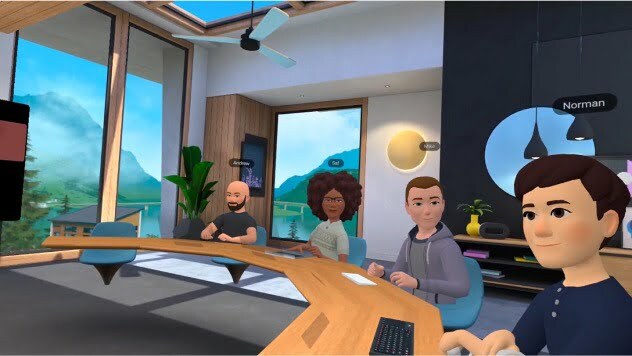 Photo Credit: VentureBeat
Photo Credit: VentureBeat
Despite these shortcomings, the current array of virtual workspace offerings has done away with or improved upon many of the elements of other forays into the VR space that likely prevented greater adoption among the general public. For instance, Horizon Workrooms allows users to interact with their virtual environments directly and without the aid of clunky controllers that require counter-intuitive movements and inputs. As a result, though the workplace VR of today might fall short of its idealized futuristic brethren, it has become more useful and usable than ever, allowing more workplace interactions to occur in immersive digital spaces. So, while there is still a ways to go, the future of virtual workplaces looks bright.
Takeaway
VR is becoming an increasingly promising solution to the problems that plague remote work. Organizations should consider piloting some of today’s virtual workspace offerings and keep an eye on the virtual workplace technology space as products continue to improve and come ever closer to complete experiential replication.



